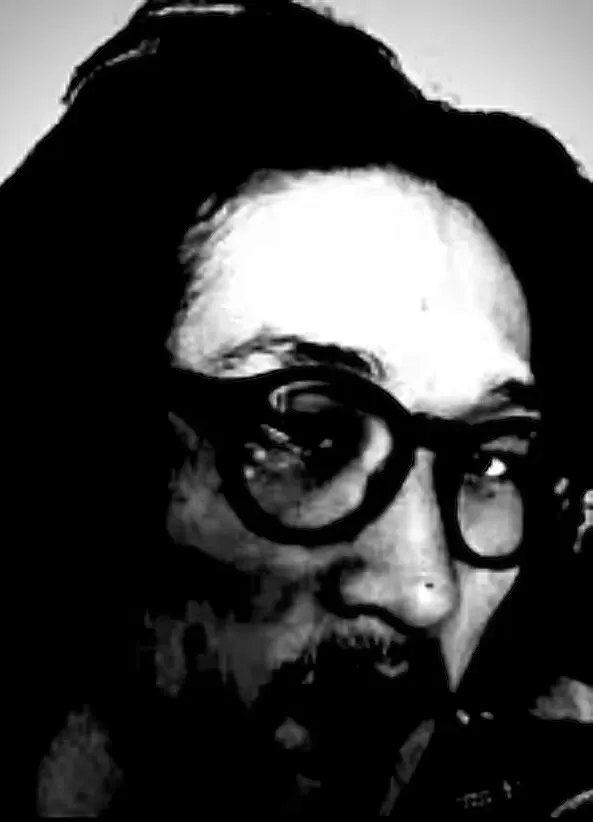朱文博邀请李维思为他的作品写一个介绍。李维思写完后,朱文博和他在微信上聊了聊。
李:介绍:一个简单的作品。花了一个下午的时间录制了一个人在一间房间里的一些动静。大部分是自然发生的,小部分是有意的。主要使用四轨机和麦克风,桌子椅子和通风系统。
朱:好呀。再有两个问题。你在录音过程中有使用耳机做监听吗?以及,你是怎样使用四轨机的,你用它进行叠录/混音了吗?
李:只使用了监听耳机,没有用外放;4轨使用了不同速度来录制,每轨差不多30-45分钟。最后混音的时候在某一个速度进行。
朱:有意思。然后的另外两个问题是,你在进行叠录的时候,会同时听之前录制的内容吗?就像一般录制歌曲时候的那样。以及,你在整个录音开始前,是否有一个最终全貌的设想或设计?
李:会听,录某一轨会同时听之前录好的所有。就和乐队的分轨录音一样。这个作品录制前每轨的素材就确定了,结果和设想的差不太多。
朱:很好,我觉得这些都已经非常清楚了,但我还想最后问一个可能比较有历史脉络的问题。你在2020年发表过一系列和矩阵有关的作品。最新的这个录音和那些矩阵录音,是否有怎样的延续?
李:没有,那些只确定了元音源和元操作,最终结果是按照运算结果执行的。这回就比较松散,只有音源,几乎不涉及操作了。
朱:OK, 我明白了矩阵的含义。不过用矩阵的方式,最终的成品样貌好像会更未知,有更多意外?你觉得是这样吗?
李:那确实是。也有可能你要很别扭的控制一下音源我记得,比松散的这种要更未知一些。
朱:很有意思的是,通常我们的潜意识里,会觉得“松散”是和“未知”有所关联或绑定的,但在你这边是相反的。
李:那可能我的音源比较简单。好比一个声音A,如果不加以奇怪的操作,那就是这样一个声音。我可能习惯把声音和操作分开来看。
朱:嗯。其实也可以理解为,这是一个基本上只有一个象限在发生变化的矩阵。我回头把这些也放在介绍里。
李:好的。
==========
Li Weisi was invited to write a short introduction to his work. After receiving the introduction, Zhu Wenbo chatted with him on WeChat message.
Li: Introduction - a simple work. I spent an afternoon recording some movements of myself in a room. Most of it happens naturally, and a small part is intentional. Mainly using four-track cassette recorder and microphones, table, chair and ventilation systems.
Zhu: OK. Two more questions. Did you use headphones for monitoring during the recording process? Also, how did you use the four-track recorder, and did you use it for overdubs/mixing?
Li: I only used monitoring headphones, no external speakers. The four tracks were recorded at different speeds, and each track takes about 30-45 minutes. Do it at a certain speed during the final mixing.
Zhu: Interesting. Then the other two questions are, when you are overdubbing, will you listen to the previously recorded content at the same time? Just like when recording a song. Also, do you have a final overall vision or design before the entire recording begins?
Li: Yes. When recording a certain track, I will listen to all the previously recorded tracks at the same time, just like multi-tracks recording in a band. The material for each track was determined before the recording of this work, and the result was not much different from what was imagined.
Zhu: Very good, I think these are all very clear, but I would like to ask a final question that may have a more historical context. You published a series of matrix-related works in 2020. Is there any kind of continuation between this latest recording and those “matrix” recordings?
Li: No, those only determine the meta sound source and meta operation, and the final result is executed according to the operation result. This time it’s more loose, only the sound source, and almost no operations involved.
Zhu: OK, I understand the meaning of the matrix. However, using the matrix method, the appearance of the final product seems to be more unknown and there are more surprises? Do you think so?
Li: That’s true. It is also possible that you have to control the sound source very awkwardly. I remember that it is more unknown than the loose one.
Zhu: What’s interesting is that usually in our subconscious mind, we think “loose” is related or bound to “unknown”, but in your case it’s the opposite.
Li: Maybe my sound source is relatively simple. Just like a sound A, if no strange operations are performed, it is just such a sound. I may be used to looking at sound and operation separately.
Zhu: Yeah. In fact, it can also be understood that this is a matrix in which basically only one quadrant is changing. I will put these in the introduction later.
Li: OK

